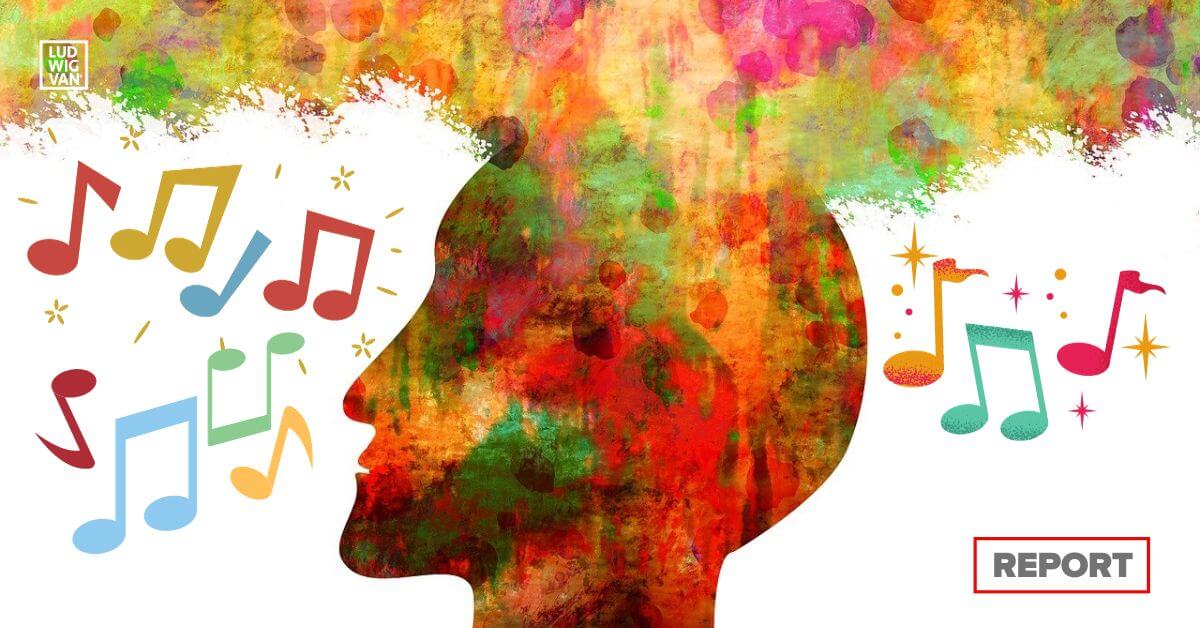
It’s just as dancers have always known — rhythm and movement are tied together by our neurological processes. Jonathan Joseph Cannon, Assistant Professor of Psychology/Neuroscience/Behavior at Hamilton’s McMaster University, recently published an analysis of the available research, as well as describing his own ongoing work.
Syncing Across The Beat
Synchronization, in this case, refers to the way both living and non-living things tend to coordinate according to rhythm. Animals as primitive as fireflies will eventually coordinate their light pulses, and pendulums on the same wall — even metronomes across the room from each other — will fall into the same rhythm over time.
Why they do so is the mystery.
Not surprisingly, human beings have the most complex relationship with rhythm and synchronization, especially when listening to music is part of the scenario. It’s an observable truth, but the question of just how we end up following the beat is something that scientists have been probing for decades.
Rhythm In The Brain
Research linking rhythm and brain activity goes back to the 1950s. A 2011 study found reactions to rhythms in the cerebral cortex of mice who’d been anaesthetized. The reaction was present both in their living brains, and in slices of the cerebral cortex that were studied in the lab.
The cerebral cortex itself generates rhythmic activity that may or may not be linked to outside stimuli.
Perception
When we hear music that’s rhythmic, our brain anticipates when the next note will sound, and reacts when it doesn’t come as expected. MRIs have revealed that listening actively to a rhythmic sound activates specific connections deep in the brain, as well as a very small area of the cerebral cortex, both of which help to control voluntary movement.
Cannon, who is also a musician, is conducting research that further draws on the links between rhythm perception and the way our brains react to and monitor our own movements in a kind of constant feedback loop.
“From an evolutionary perspective, I suspect that our sense of rhythm developed (at least in part) as an outgrowth of monitoring and anticipating our own footsteps as we walk or run,” Cannon notes in his article.
Why It’s Important
Aside from a deeper understanding of the connections between music and the human body, research into the field has many broader implications.
Many neurological disorders, such as Parkinson’s disease, or stuttering that develops in childhood, involve impairment to rhythm perception. Rhythm-based therapies are often used in treatment.
A deeper understanding of that rhythmic feedback loop and how it operates between the brain and voluntary movements can help to isolate the specific areas that are affected, and develop better treatments.
It has social dimensions as well. Syncing to the rhythm connects individuals to a larger group, whether it’s musicians playing together, or an audience at a concert.
As the research shows, rhythm lives in the brain.
Are you looking to promote an event? Have a news tip? Need to know the best events happening this weekend? Send us a note.
#LUDWIGVAN
Get the daily arts news straight to your inbox.
Sign up for the Ludwig Van Toronto e-Blast! — local classical music and opera news straight to your inbox HERE.
- PREVIEW | The Toronto Mendelssohn Choir Offers Old & New In 130th Anniversary Season - April 29, 2024
- INTERVIEW | Composer Ari Kinarthy And Director Jeff Lee Petry Talk About Ari’s Theme, Premiering At Hot Docs - April 26, 2024
- PREVIEW | Creators & Performers Natalya Gennadi And Kristine Dandavino Talk About Grandma’s Shawl - April 26, 2024



